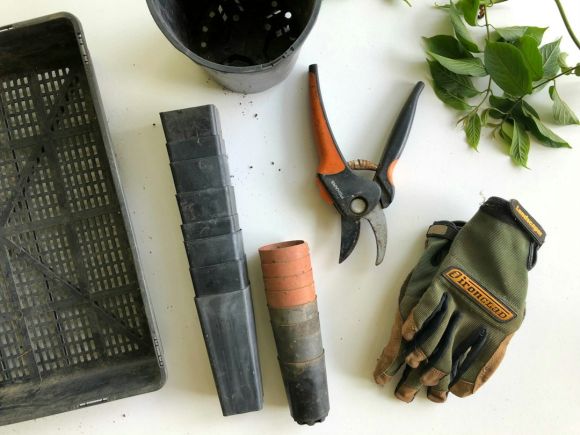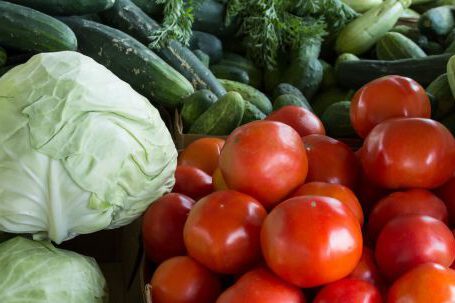Gardening tools are essential for maintaining a beautiful and healthy garden. However, if not properly maintained and stored, these tools can become dull, rusty, and ineffective. To ensure the longevity and efficiency of your gardening tools, it is crucial to follow some simple maintenance and storage practices. In this article, we will guide you through the steps to maintain and store your gardening tools effectively.
Clean Your Tools after Each Use
One of the most important steps in maintaining your gardening tools is to clean them thoroughly after each use. Soil, moisture, and plant residue can accumulate on the blades and handles, leading to corrosion and damage. To clean your tools, use a stiff brush or a sponge to remove any dirt and debris. For tougher stains or sap, you can use a mild detergent and warm water. After cleaning, make sure to dry your tools thoroughly before storing them.
Sharpen the Blades Regularly
Dull blades can make gardening tasks more difficult and time-consuming. Therefore, it is crucial to sharpen the blades of your gardening tools regularly. To sharpen pruning shears, loppers, and hedge trimmers, you can use a sharpening stone or a file. Move the sharpening tool along the edge of the blade in smooth strokes, maintaining a consistent angle. For shovels, hoes, and other digging tools, a file or a grinder can be used to remove any nicks and restore a sharp edge.
Apply Lubrication to Moving Parts
To keep your gardening tools in optimal working condition, lubrication is essential. Moving parts such as hinges, joints, and springs should be lubricated periodically to prevent rust and ensure smooth operation. Apply a few drops of oil or silicone spray on these parts and work them back and forth to distribute the lubricant evenly. Avoid using excessive amounts of oil, as it can attract dirt and debris.
Prevent Rust with a Protective Coating
Rust is one of the biggest enemies of gardening tools. To prevent rust from forming, it is important to apply a protective coating to the metal parts of your tools. After cleaning and drying your tools, you can use a thin layer of oil or a commercial rust inhibitor to create a barrier against moisture and corrosion. Simply apply the coating with a cloth or a brush, making sure to cover all exposed metal surfaces.
Organize and Store Your Tools Properly
Proper storage is crucial to maintain the longevity and functionality of your gardening tools. Storing them in a dry and well-ventilated area will help prevent rust and damage. Consider hanging your tools on a pegboard or a wall-mounted rack to keep them organized and easily accessible. Alternatively, you can store them in a clean and dry toolbox or a dedicated gardening shed. Make sure to keep sharp tools separate from each other to prevent accidents.
Inspect Your Tools Regularly
Regular inspections are essential to identify any damage or wear and tear on your gardening tools. Check the blades, handles, and other parts for any signs of rust, cracks, or loose screws. If any damage is found, repair or replace the affected parts immediately. By addressing issues promptly, you can prevent further damage and ensure the longevity of your tools.
Conclusion: Maintain and Store Your Gardening Tools for Longevity
By following these simple maintenance and storage practices, you can ensure that your gardening tools remain in optimal condition for years to come. Cleaning your tools after each use, sharpening the blades regularly, applying lubrication, preventing rust, organizing and storing them properly, and conducting regular inspections are all essential steps to maintain the longevity and functionality of your gardening tools. By investing a little time and effort into the maintenance and storage of your tools, you can enjoy a more efficient and enjoyable gardening experience.





